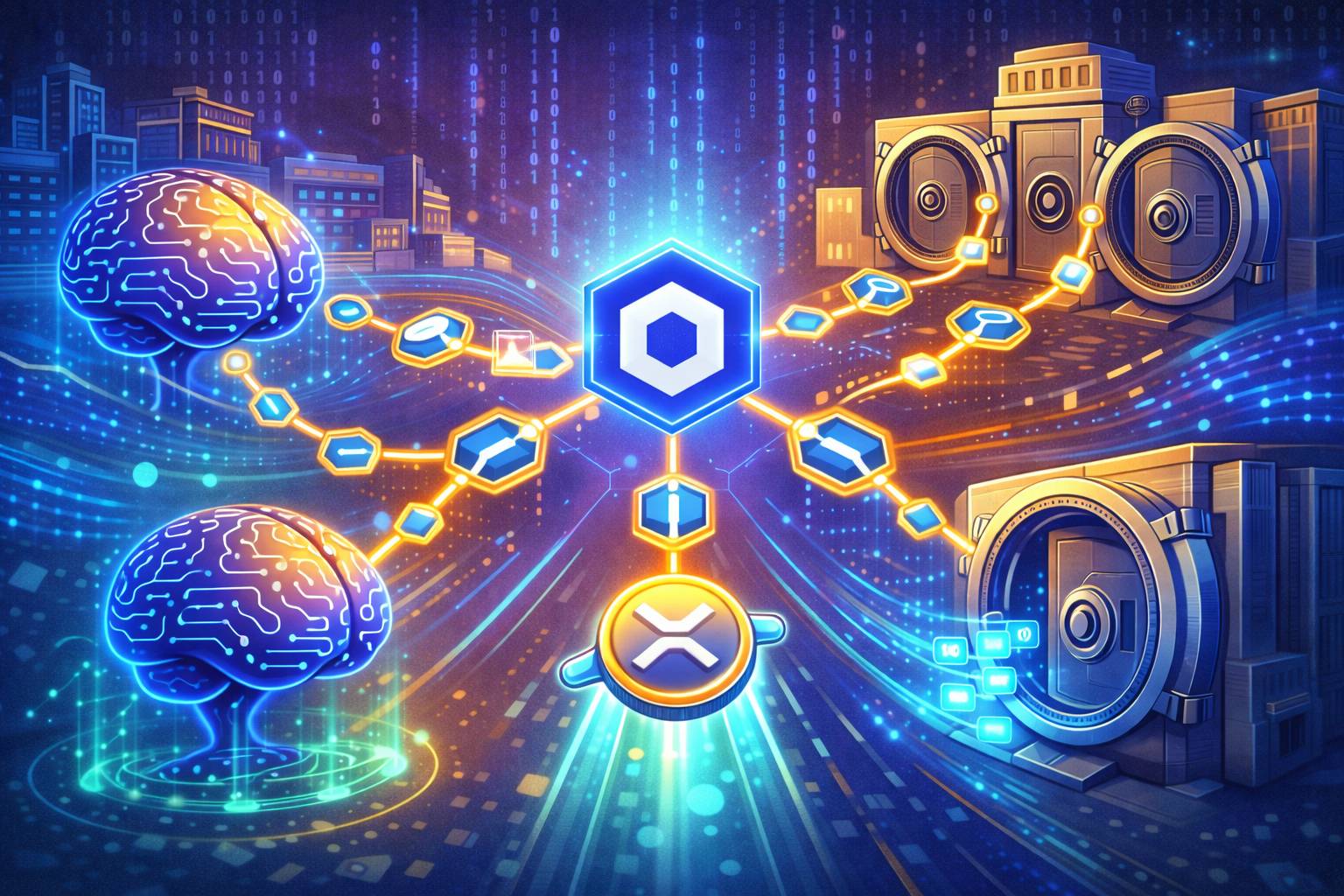Table of Contents
- TLDR - Overview of Utility Tokens
- Understanding Utility Tokens
- Distinctive Features of Utility Tokens
- 1. Accessibility and Utilization
- 2. Absence of Ownership or Dividends
- 3. Encouragement and Incentives
- 4. Token Supply Management
- 5. Legal and Regulatory Aspects
- Utility Token Use Cases
- Ethereum (ETH)
- Binance Coin (BNB)
- Basic Attention Token (BAT)
- Final Thoughts









